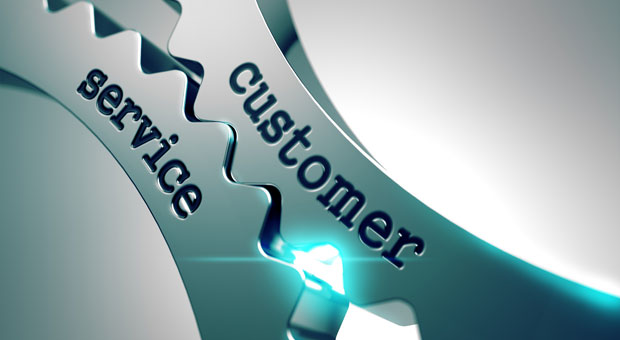This is the third post in a four-part series on modern approaches to improving customer loyalty through customer engagement.
The 4 Fundamental Attributes of Customer Loyalty, Part 1
The 4 Fundamental Attributes of Customer Loyalty, Part 2
The third of four attributes of customer loyalty programs is contextual interaction, and it might not be obvious because it can mean different things depending on the circumstances.
Dealing with customers in context can equate with personalization, as many people define it. Also, it can refer to enabling customers to jump out of a largely automated customer-facing process to deal with a company representative. Additionally, it can mean getting down in the weeds of some hyper-specific aspect of a customer’s issue.
Personalizing the Interaction
A lot depends on what the vendor and customer are trying to accomplish. In a high-end setting where the customer is spending a good deal of money, regardless of whether the situation is B2B or B2C, there is a reasonable expectation that the vendor will have details on specifics such as the customer’s exact use situation, preferred buying and payment approaches, delivery needs, and a lot more.
In a situation that involves fewer dollars and a commoditized solution, the opposite might be true. For instance, it takes a lot more understanding of the customer’s context when that customer is buying a room full of servers than when the same person is buying smartphones for all employees. In the latter case, especially, the context might come down to design, ease of use, intuitiveness, online tutorials, or similar things that deal with a more generic situation.
Changing the Process
A vendor might, on the other hand, have a business process that in the vast majority of cases can be managed completely through automation. It would still be necessary to have a graceful way to opt out of the automation to get more targeted help, though.
For example, a hotel guest happily consuming services via a smartphone application might need to interact directly with a human for something unforeseen. In today’s environment, that could be something like requesting a gluten-free menu for room service or some similar accommodation that has just started trending.
The key to success is having some preprogrammed way to connect with a non-machine resource. A good example is the Amazon Fire’s Mayday button, which users can press to access tech support.
As TechTimes.com reported, “One person called Amazon for help on an Angry Birds level. Apparently, this person has been stuck on it for over a week, and frustration forced the individual to press the Mayday button. In addition, a group of friends pressed the Mayday button just to ask the tech advisor on which way was best to make a peanut butter sandwich. Some Mayday tech advisors even got asked out on dates, while others had to sing happy birthday to some customers.”
This suggests that context is largely in the mind of the customer, but no matter. These incidents tell concrete stories of customers actively engaged with their vendors and behaving in loyal ways.
Critics might say that these customers haven’t bought anything, and they’d be right. However, what they miss is that out of a large customer base consuming this kind of interaction, many will buy more because they are engaged. Even customers who don’t buy more will have a positive association with their vendor and are more likely to act as advocates for the brand.
Developing Brand Advocates
All of this contributes directly to the idea of the fat pipeline in which automation, proactive personalization, contextual interaction and journey mapping contribute to keeping more customers in play than traditional actions that focus on particular groups deemed more likely to transact. These groups can include new sales opportunities, cross-sell and upsell targets in the installed base, and customers in danger of attrition.
The fat pipeline approach doesn’t wait until potential for attrition exists, for instance. It looks for and provides solutions for any opportunity that can engage a customer in a moment of truth, thus contributing to future sales and developing brand advocates. Importantly, this approach is very light on offering rewards in the form of discounts, leaving the vendor with happy customers and healthier margins.
Contextual interaction plays well in a community setting, but you don’t need a community to make this idea work. In You Can’t Buy Customer Loyalty, But You Can Earn It, I profile Sungevity, a provider of solar panels and services to residential customers.
Its contextual interaction strategy is mostly arranged throughout its automated sales process. However, it is so successful that once involved with the company, it’s hard for motivated customers to opt out because their needs are so well taken care of.
However you define it, contextual interaction is a boon to automated customer-facing processes, because it provides an optimal amount of service exactly where the customer needs it, making the most efficient and effective use of resources for both parties.

























































